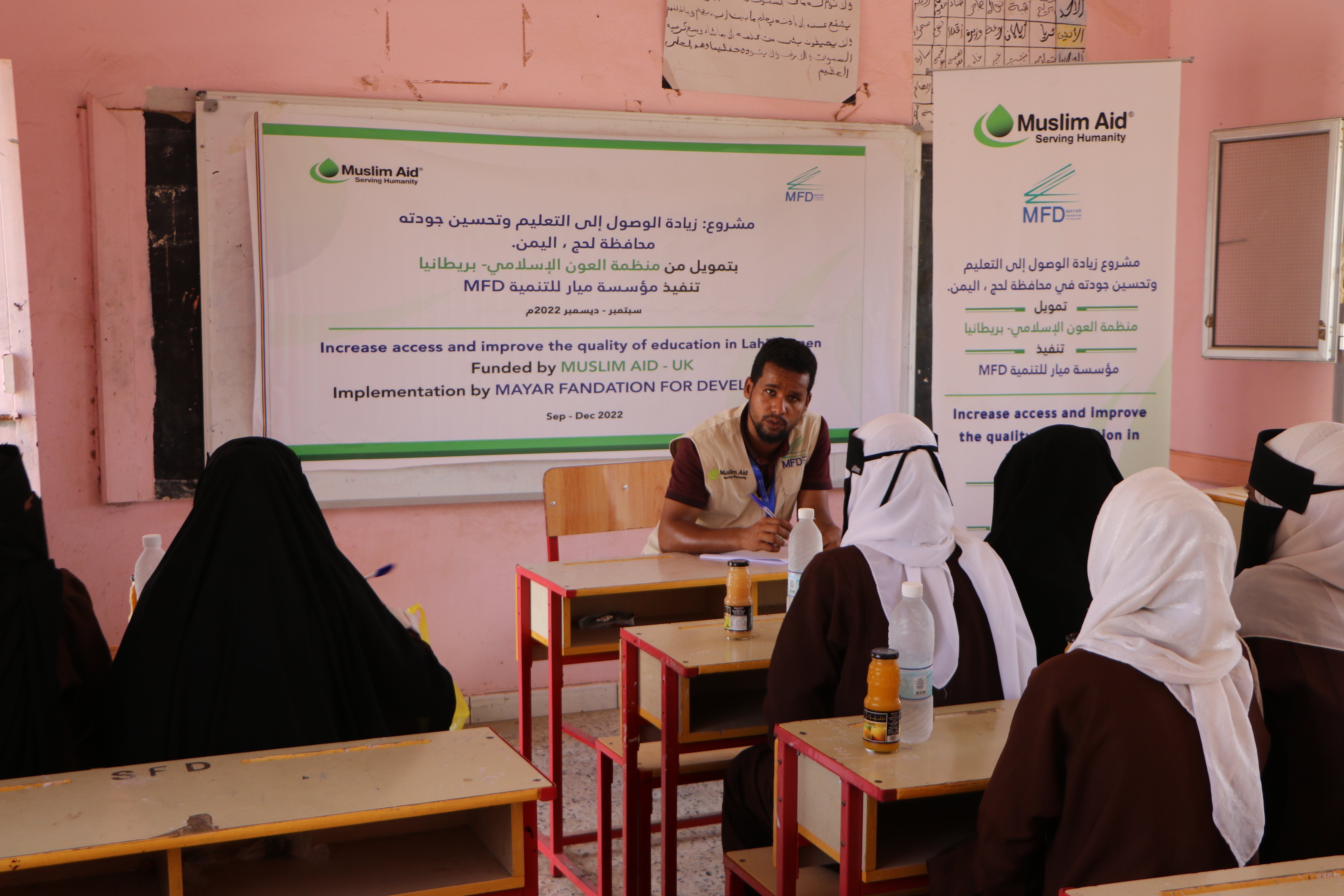Education Sector

Overview
More than seven years of armed conflict in Yemen have caused the destruction and deterioration of many schools .making Yemen one of the world’s largest humanitarian crises and aid operations. As well UN agencies in the country reported ‘’access to education for school-aged girls and boys has been impeded by years of conflict, economic decline and COVID-19. Nearly 8.5 million school-aged girls and boys need education assistance. The education system is on the verge of collapse, affecting 6.1 million boys and girls enrolled in formal education. Some 1.42 million internally displaced school-aged children. And about 870,000 children with disabilities face serious challenges to access education. Hostilities continue to disrupt schooling while the fragmentation of the education system is having a profound impact on learning and overall cognitive and emotional development, and the mental health of 10.6 million school-age boys and girls in Yemen. Irregular payment of teachers’ salaries continues to hinder structured learning. It is estimated that 65 per cent of teachers have been irregularly paid since 2016, with many opting to leave to pursue other income generating activities. In 2021, education was interrupted by COVID-19, compounding dropout risks due to financial insecurity. Today, 2.42 million school-aged girls and boys are estimated to be out of school. Protracted displacement, distant schools, safety and security risks, including explosive hazards, coupled with a lack of female teachers – who represent only 20 per cent of the educational workforce – and a dearth of gender-sensitive and accessible WASH facilities, drive vulnerabilities, and encourage girls and boys to dropout. At the same time, dropping out of school exposes girls to increased risks of early marriage and domestic violence, while boys face a higher risk of being recruited into armed groups. There is a clear need to establish, rehabilitate or expand schools near vulnerable communities. There is also a need to build the capacities of educators and teachers to equip them to maintain safe, inclusive and equitable learning environments. Furthermore, ensuring remuneration for some 172,000 teachers currently not receiving regular salaries or incentives is a first step in improving learning quality The Education Cluster prioritizes girls and boys aged 5 to 17 years, in addition to overaged learners who missed years of schooling due to the conflict. Two-thirds of school-aged children live in areas where there are significant challenges to aid delivery due to conflict or other impediments. Over 2.4 million school-aged girls and boys are out of school. At the same time, 870,000 children are displaced, with many displaced more than once, having their education interrupted multiple times in the process.
Interventions
MFD aims to improve equal and inclusive access to the education for IDPs and host communities’ children and seeks to achieve several objectives, including protecting the most vulnerable school-age children (girls-children) as well as teachers from risks by ensuring access to a safe and inclusive educational environment that promotes well-being and flexibility. It also aims to prevent or mitigate the spread of infectious diseases in schools and the learning environment, especially COVID-19, by raising awareness about hygiene practices and providing the necessary health awareness taking into account Safeguarding in the schools , especially for those with special needs for both children, and teachers including parents, and that through the following activities :
- Distributed of student kits bag for 3457 Students
- Provision of learning materials for 189 teachers
- Provision of schools furniture including desks and white boards (260 desks and 60 white boards)
- Rehabilitation of WASH facilities, including latrines, that are more gender-sensitive and accessible to persons with disabilities.
- Provision of clean water for toilets and handwashing area
- Establish, expand and rehabilitate new classrooms permanent
- Conduct hygiene awareness sessions and campaigns
- Provision teachers and educational personnel with attendance based allowances incentives
